The Fight Against Plastic in 2023
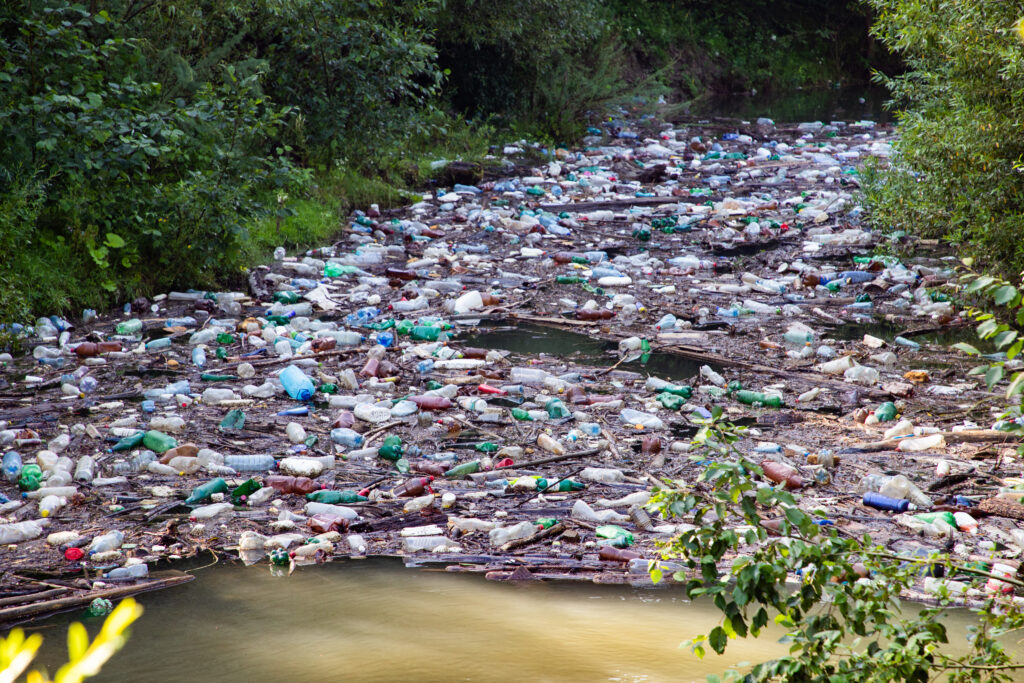
The Industrial Revolution brought about a sequence of events that dramatically changed the planet’s trajectory. After centuries of consistency, the days of monarchies, travel on horseback, and buying clothes strictly out of necessity slowly faded into the past. New technologies and the ability to use natural resources to maximize and produce energy made it possible for inventions like the steam engine, electric generators, and the incandescent lightbulb to bring humanity into a new age. In a short span, factories made it possible for clothing to be more accessible to the average person. Trains and then cars became standard methods of transportation. Suddenly, crops could be grown in abundance like never before.
The Impact of Palm Oil
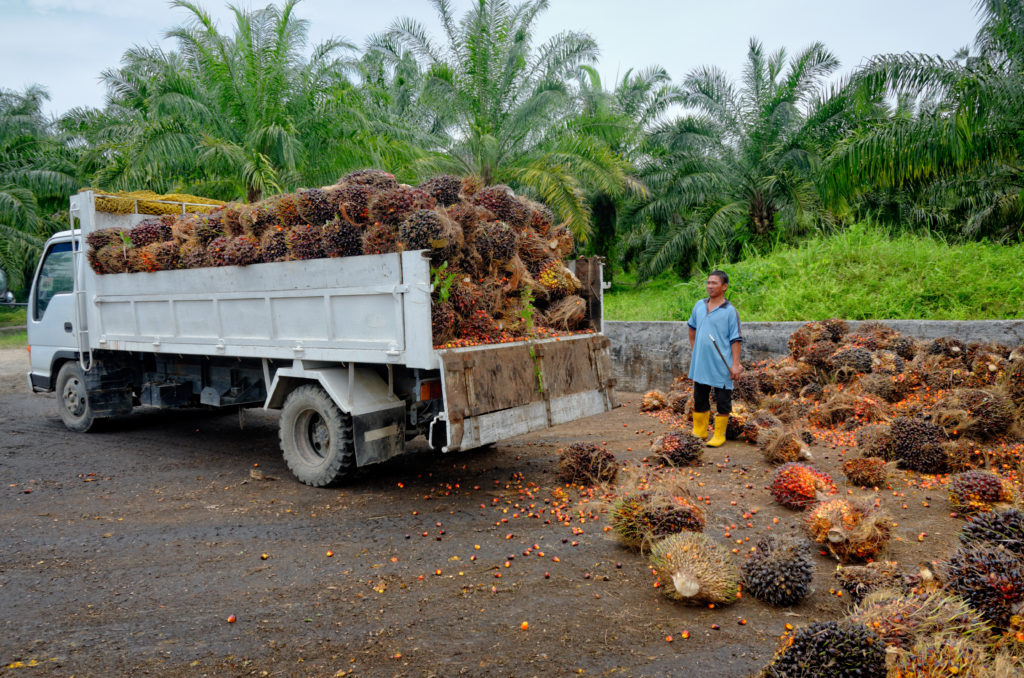
The modern-day person can walk into a grocery or convenience store and buy products with ten ingredients they have never heard of before. In fact, there are some common ingredients that can be found in most of our everyday products whose origin and environmental impact are a mystery to the average person despite their significance. One such ingredient is palm oil.
Fast Fashion and Public Health
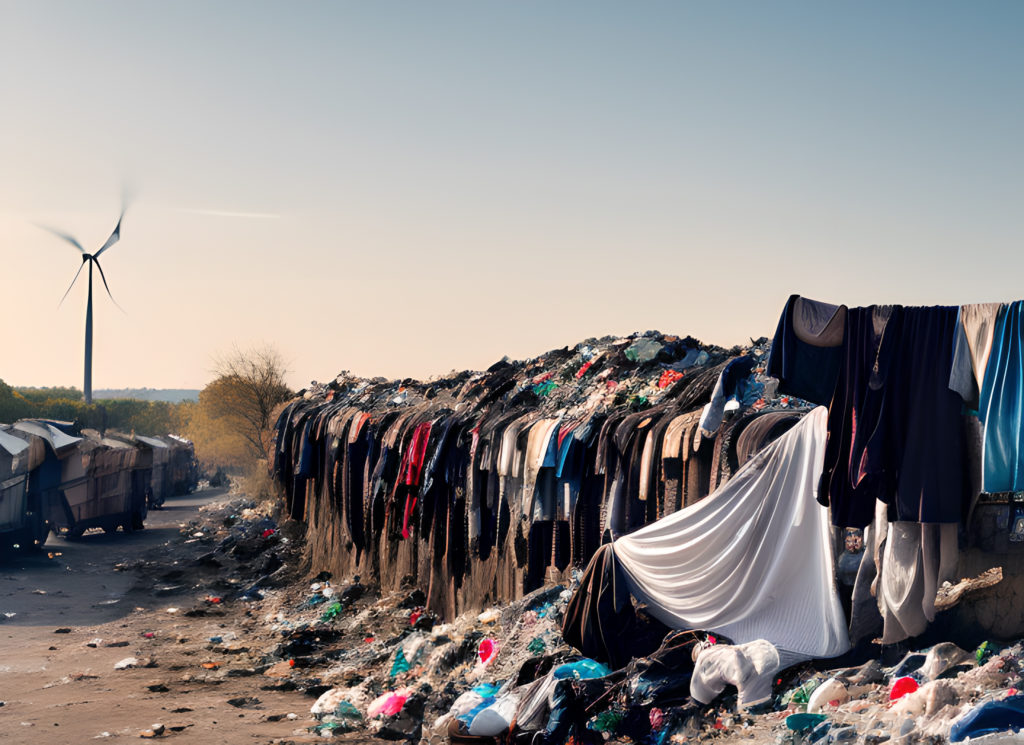
Before the industrial revolution, creating clothes was no easy task. Textile merchants relied on spinning, threading, weaving, and sewing by hand to manufacture products. Consequently, clothes were much more expensive. Buying a new outfit or pair of shoes was done only out of necessity unless you were exceptionally wealthy. However, the Industrial Revolution brought about new technology that allowed manufacturers to create textiles at a significantly faster rate and a lower price. Suddenly, having the latest things became a social necessity, and modern consumer culture was born.
Energy Trends and Careers Set to Thrive in 2023

2022 was a huge year for energy. An expected shift to renewables, halted following the energy crisis in Europe and further aggravated by the Russian war on Ukraine, left the energy sector in a scramble to get things back on track. The continued increase in the production of nonrenewable energy, such as coal, which is expected to reach its peak in 2023 as reported by the IEA, forecasts that co2 emissions will reach an all-time high in the coming years.
The Importance of Glaciers
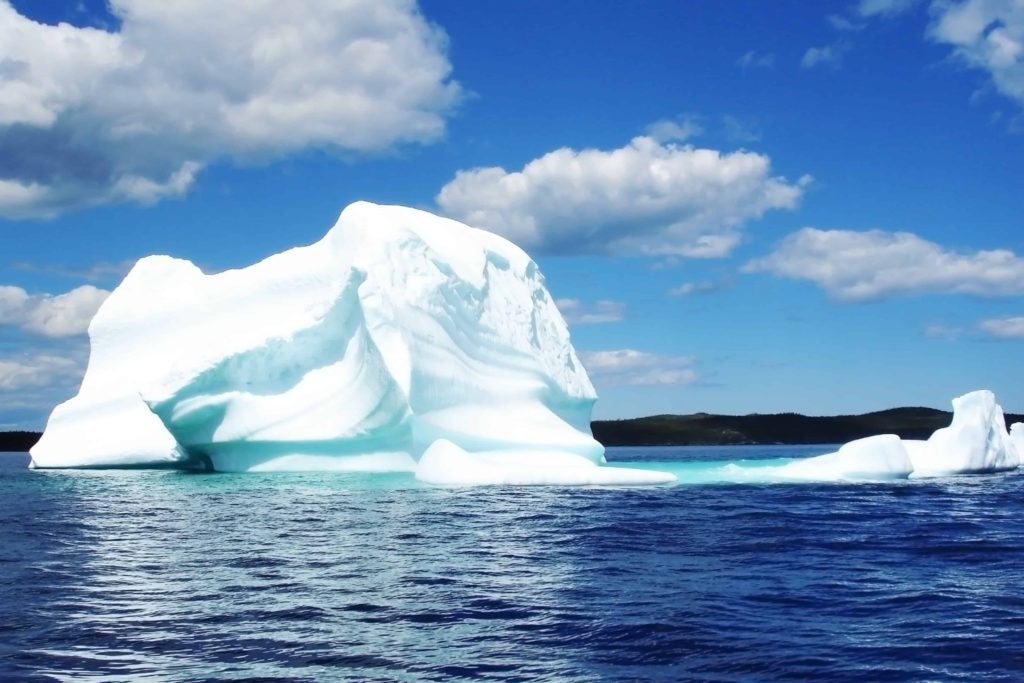
You may not think of glaciers very often. After all, to the average person, they are little more than giant chunks of ice floating around somewhere far away. And in a sense, those who think this are correct. A glacier is fundamentally nothing more than the accumulation of snow compacted over thousands of years to become solid ice. The ice’s density allows the glaciers to float slowly, creating massive rivers of ice that can, over centuries, carve and reshape entire landscapes. Yet, they do much more than float around and break down rocks. Their role in Earth’s delicate environment is much more significant than one might initially consider.
8 Billion and Counting: The World Population and The Environment

Prior to 1800, the population around the globe changed and grew at a relatively slow rate. The world population from 10,000 BC to 1700 only grew at a rate of about .04% annually. This growth rate remained consistent until after the 1800s. Starting at this time, however, a drastic jump can be seen on an international scale, with an increase from an estimated one billion people in 1800 to the 8 billion people who now inhabit the earth.
Being Thankful for Our Natural Resources

By now, we all know the story of Thanksgiving by heart. The pilgrims aboard the Mayflower arrived in America in 1620, hoping to start a new life. However, upon arriving, they found themselves ill-suited to handle the environment awaiting them. Hunger and disease ran rampant, eventually taking the lives of nearly half the settlers. That is until a member of a local native tribe decided to lend a helping hand and teach the newcomers how to grow corn, catch fish, extract maple from trees and avoid poisonous plants. Ultimately this new information gave the pilgrims the resources necessary to survive and eventually thrive in their new surroundings.
National Recycling Day
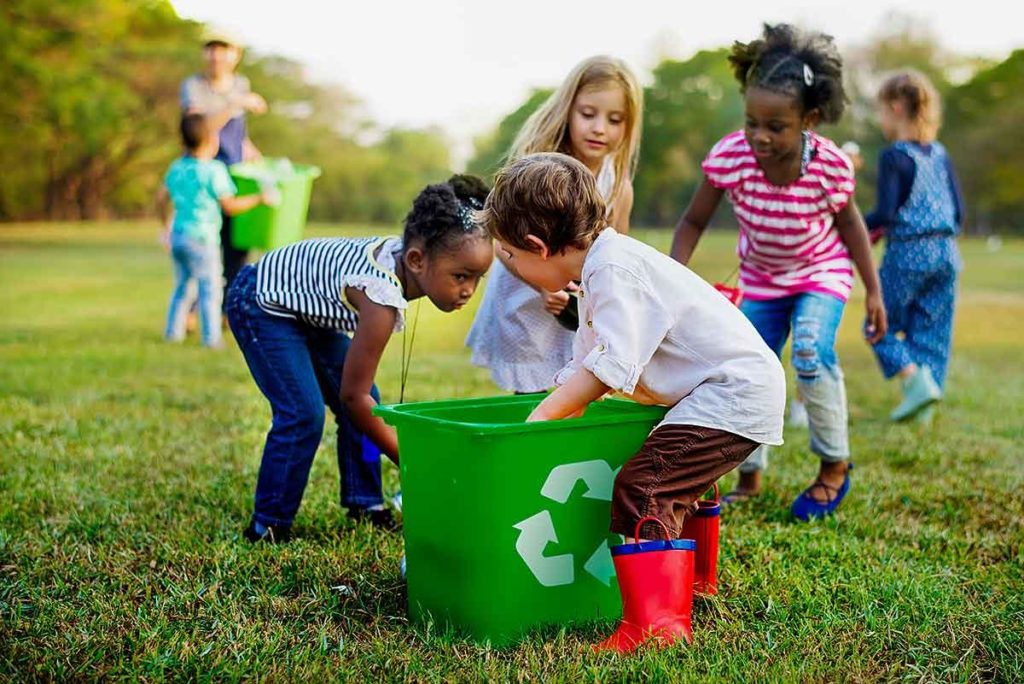
Every year on the 15th of November we celebrate National Recycling Day, which helps promote and educate people on the impact of recycling. It is a time to think of the future and examine the importance of conserving our natural resources while discovering creative ways to reduce, reuse, recycle and lend a helping hand to our lovely environment.
How is Transportation Connected to Energy?
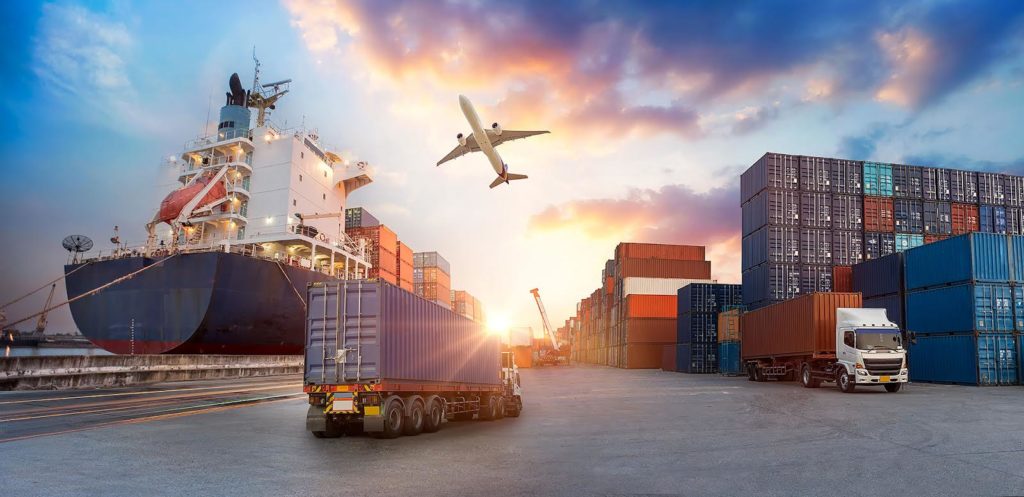
Before modern modes of transportation like cars, planes, and ships, travel was drastically different. Long-distance travel was highly energy-intensive. People were unlikely to voyage very far from their birthplace. Moving away from home was only considered under extreme circumstances. Having to rely on animals or sometimes just your own strength to carry you along the way meant your voyage could easily last days or months. You were likely to run into robbers, storms, and other obstacles that made these voyages not only dangerous but expensive.
How is Water Connected to Energy?

In our modern world, we use water for almost everything in our daily lives. The sustainable use of our water resources is critical. And the ability to maximize their potential is essential for our way of life. The problem of access to water is more complicated than it might seem. A significant amount of energy is needed to obtain, treat, desalinate and transport water. Consequently, creating a double-edged sword. So why does water seem to come so quickly to our homes if it takes so much energy? And what actions can we take to conserve our water resources?

